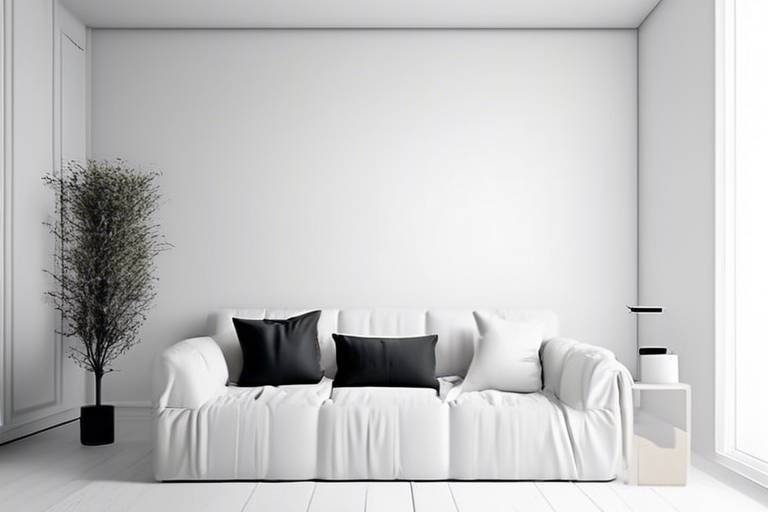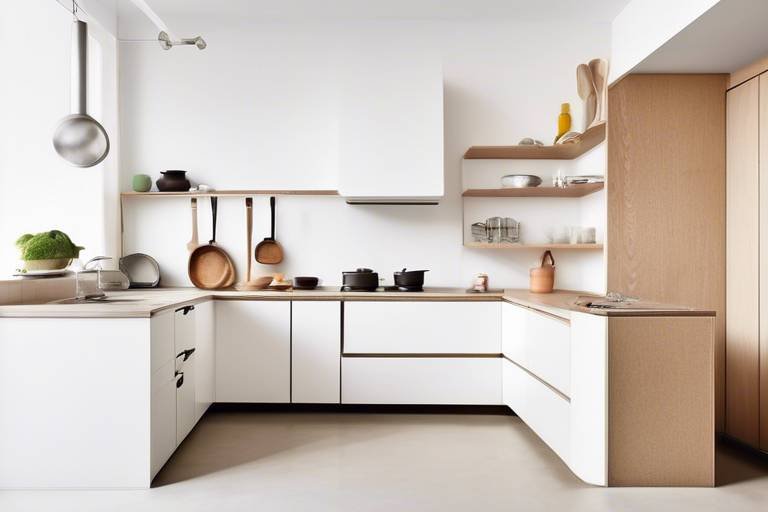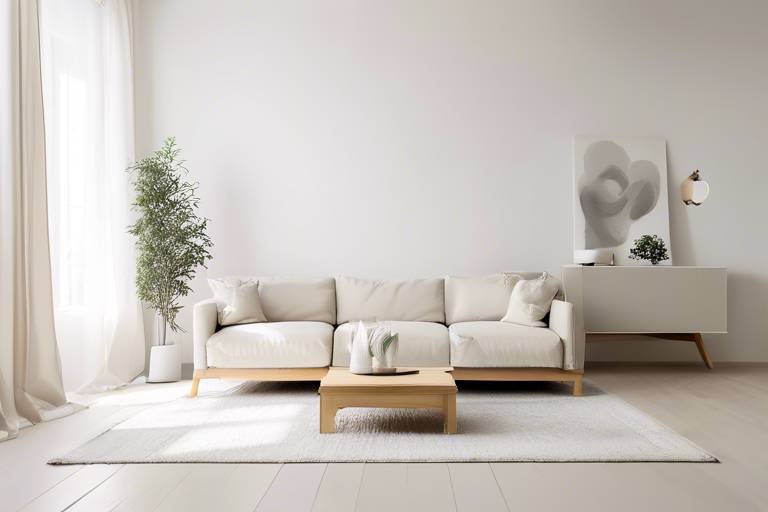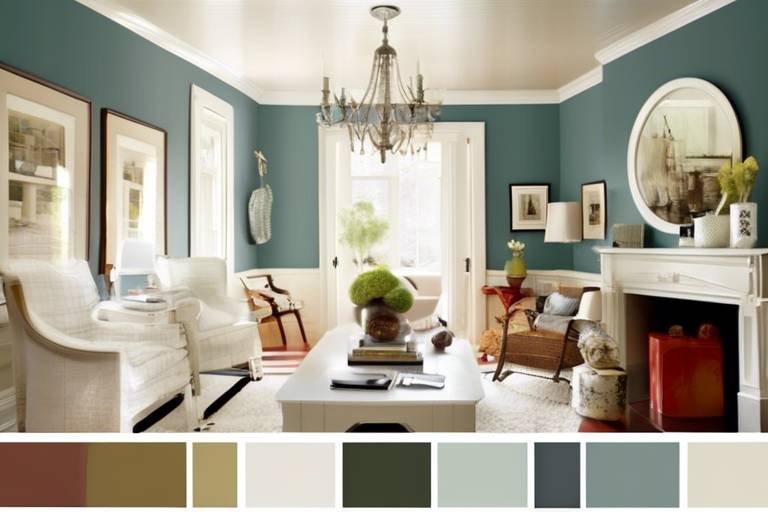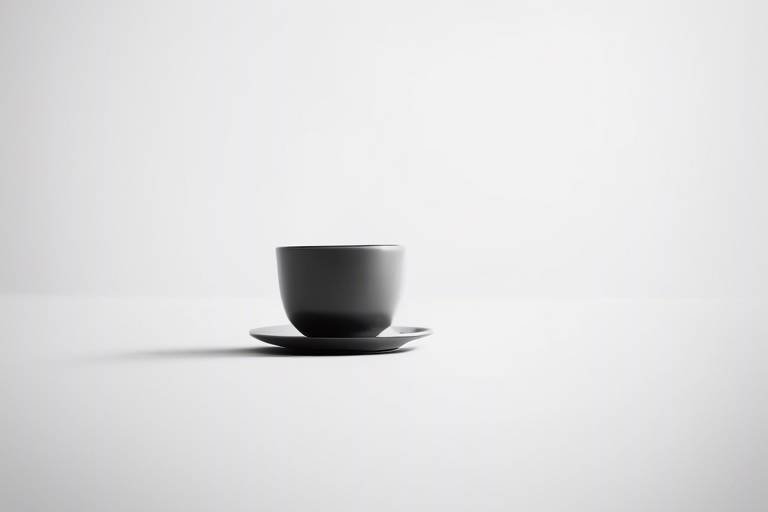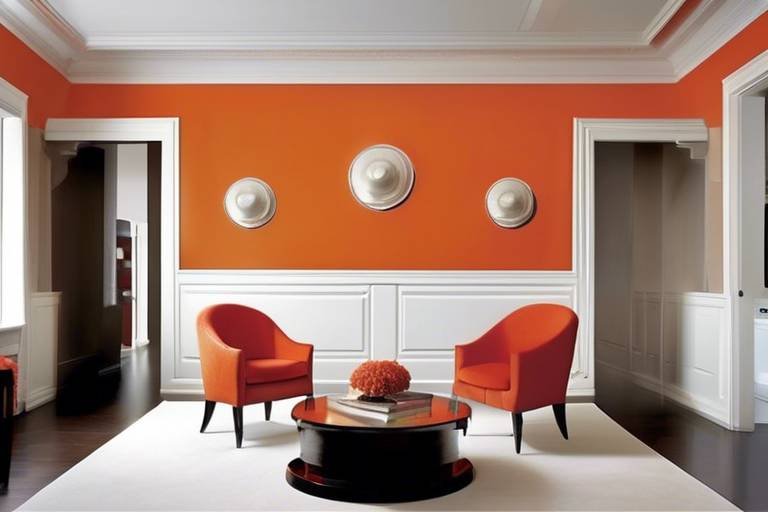How to Use Minimalist Design to Maximize Space
Minimalist design offers a transformative approach to maximizing space in your living areas. By embracing simplicity and functionality, you can create an environment that feels spacious, organized, and visually appealing. The key lies in understanding the principles and techniques of minimalist design and implementing them effectively.
When it comes to decluttering techniques, the focus is on removing unnecessary items and streamlining your possessions. By purging what you don't need and organizing what you do have in a minimalist fashion, you can create a sense of openness and clarity in your space.
Optimizing furniture layout is crucial in maximizing space utilization. By strategically arranging furniture to open up pathways and create visual flow, you can make even small spaces feel larger and more inviting. Consider the function of each piece and how it contributes to the overall layout of the room.
Utilizing multi-functional pieces is a smart way to save space and add versatility to your design. Furniture and decor items that serve multiple purposes, such as storage ottomans or convertible tables, can help you make the most of limited space without sacrificing style or comfort.
Color and lighting play a significant role in creating an illusion of spaciousness in minimalist design. Light, neutral color schemes and ample natural light can make a room feel airy and expansive. Strategic lighting choices can also enhance the ambiance and highlight key design elements.
Integrating storage solutions seamlessly into your minimalist design is essential for keeping clutter at bay. From hidden storage compartments to built-in shelving units, finding creative ways to store your belongings out of sight helps maintain the clean and uncluttered look of minimalist spaces.
Embracing simplicity in decor involves choosing elegant and understated elements that complement your minimalist design aesthetic. Quality over quantity is key, so opt for pieces that have clean lines, neutral tones, and a timeless appeal. These decor choices can add character and warmth to your space without overwhelming it.
Creating visual continuity is about establishing a cohesive design scheme that flows seamlessly from one area to another. By using consistent color palettes, textures, and materials throughout your space, you can create a sense of harmony and balance that enhances the perception of space.
Bringing nature indoors is a powerful way to enhance a minimalist design and create a calming atmosphere. Incorporating natural elements like plants, wood accents, and ample natural light can soften the starkness of minimalism and add a touch of warmth and vitality to your space.
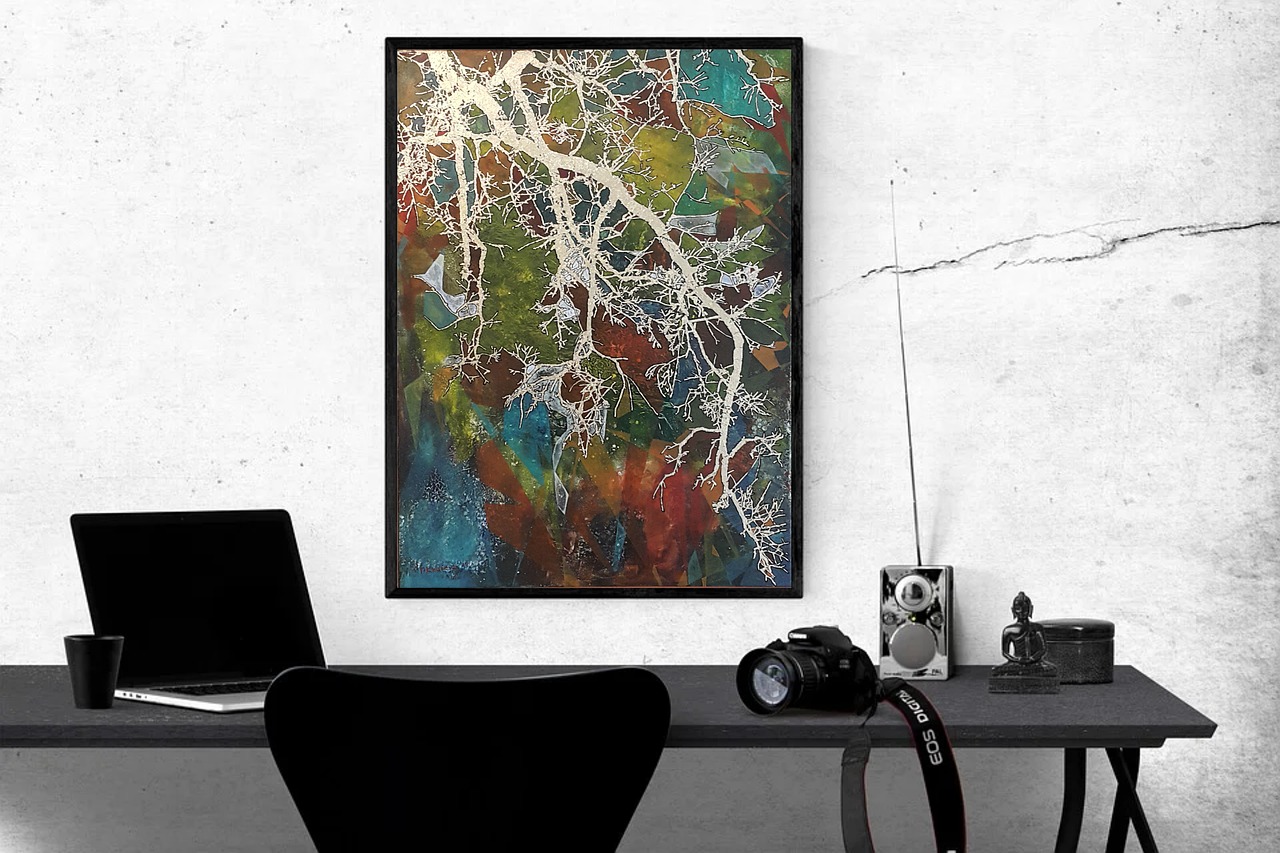
Decluttering Techniques
Decluttering your living space is a crucial step in achieving a minimalist design that maximizes space and creates a sense of calm and openness. By implementing effective decluttering techniques, you can transform your home into a clutter-free oasis that promotes relaxation and productivity.
One of the key decluttering techniques is to start by assessing each room and identifying items that are no longer needed or do not serve a specific purpose. Ask yourself if each item brings you joy or adds value to your space. If not, consider donating, selling, or discarding it to free up space and reduce visual clutter.
Another effective strategy is to establish designated storage areas for different categories of items, such as clothes, books, or kitchen supplies. Utilizing storage solutions like shelves, baskets, and containers can help keep belongings organized and easily accessible while maintaining a clean and tidy appearance.
When decluttering, it's essential to be ruthless in your decision-making process. Avoid holding onto items out of sentimentality or the fear of needing them in the future. Embrace the less is more mindset and focus on keeping only the essentials that contribute to the functionality and aesthetics of your space.
Consider implementing a one-in, one-out rule to prevent clutter from accumulating again. For every new item you bring into your home, make a conscious effort to remove an existing item to maintain a balanced and clutter-free environment.
By incorporating these decluttering techniques into your minimalist design approach, you can create a harmonious and spacious living space that promotes a sense of tranquility and well-being.
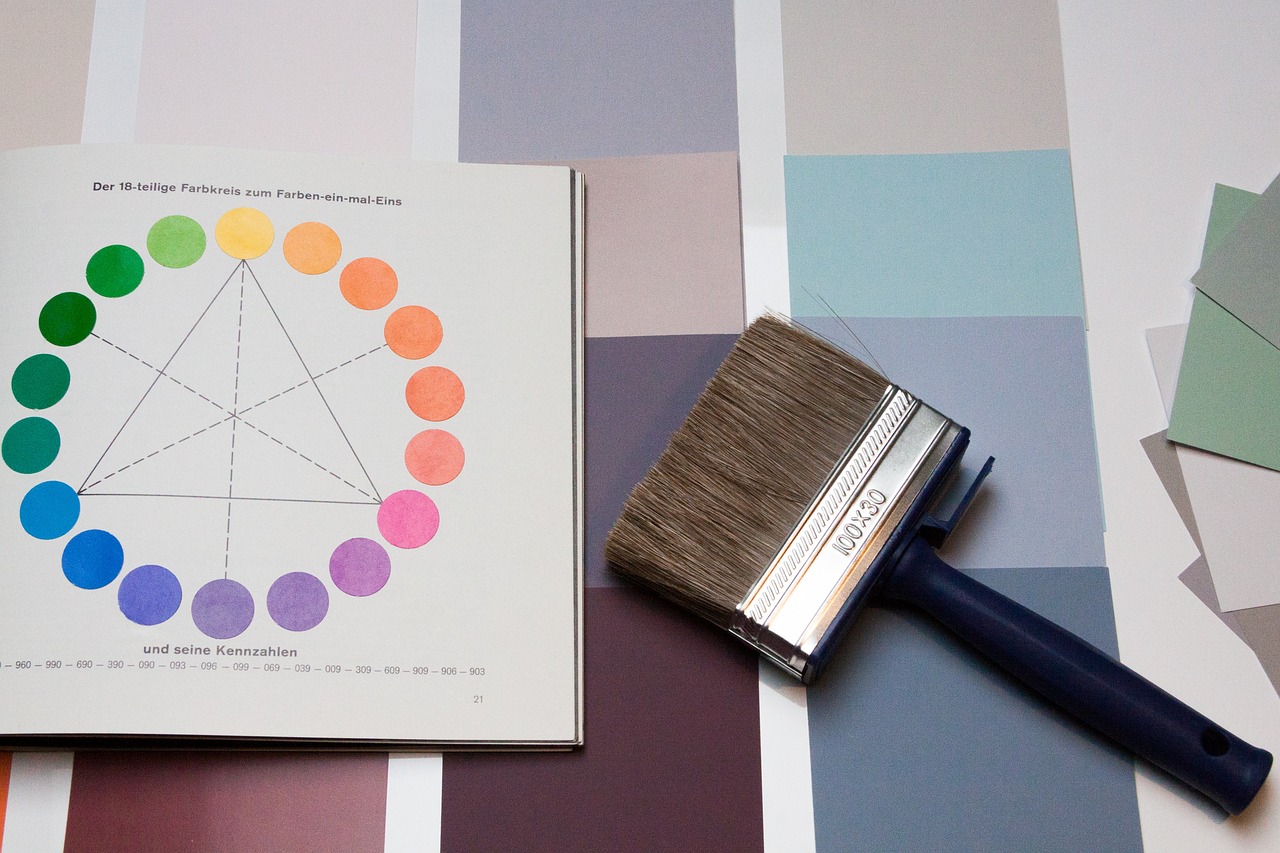
Optimizing Furniture Layout
When it comes to optimizing furniture layout in a minimalist design, strategic placement is key to maximizing space utilization and creating a harmonious environment. By carefully arranging furniture pieces, you can enhance the functionality of the room while maintaining a clean and spacious look.
One effective technique is to consider the traffic flow within the space. Arrange furniture in a way that allows for easy movement and access to different areas of the room. Avoid blocking pathways or creating obstacles that disrupt the natural flow of the space.
Another aspect to focus on is the scale of furniture in relation to the room size. Choose pieces that are proportionate to the space available to avoid overcrowding. Opt for sleek and streamlined furniture designs that complement the minimalist aesthetic and contribute to an open and airy feel.
Additionally, consider the placement of furniture in relation to natural light sources. Positioning seating areas near windows can maximize natural light exposure and create a bright and inviting atmosphere. This not only enhances the visual appeal of the room but also makes the space feel larger and more welcoming.
Furthermore, incorporating multi-functional furniture pieces, such as storage ottomans or nesting tables, can help optimize space usage while adding versatility to the room. These pieces serve dual purposes, providing storage solutions and serving as practical elements of decor.
By thoughtfully arranging furniture, taking into account traffic flow, scale, natural light, and multi-functionality, you can effectively optimize the layout of your space in a minimalist design. This approach not only maximizes space but also enhances the overall aesthetic and functionality of the room.
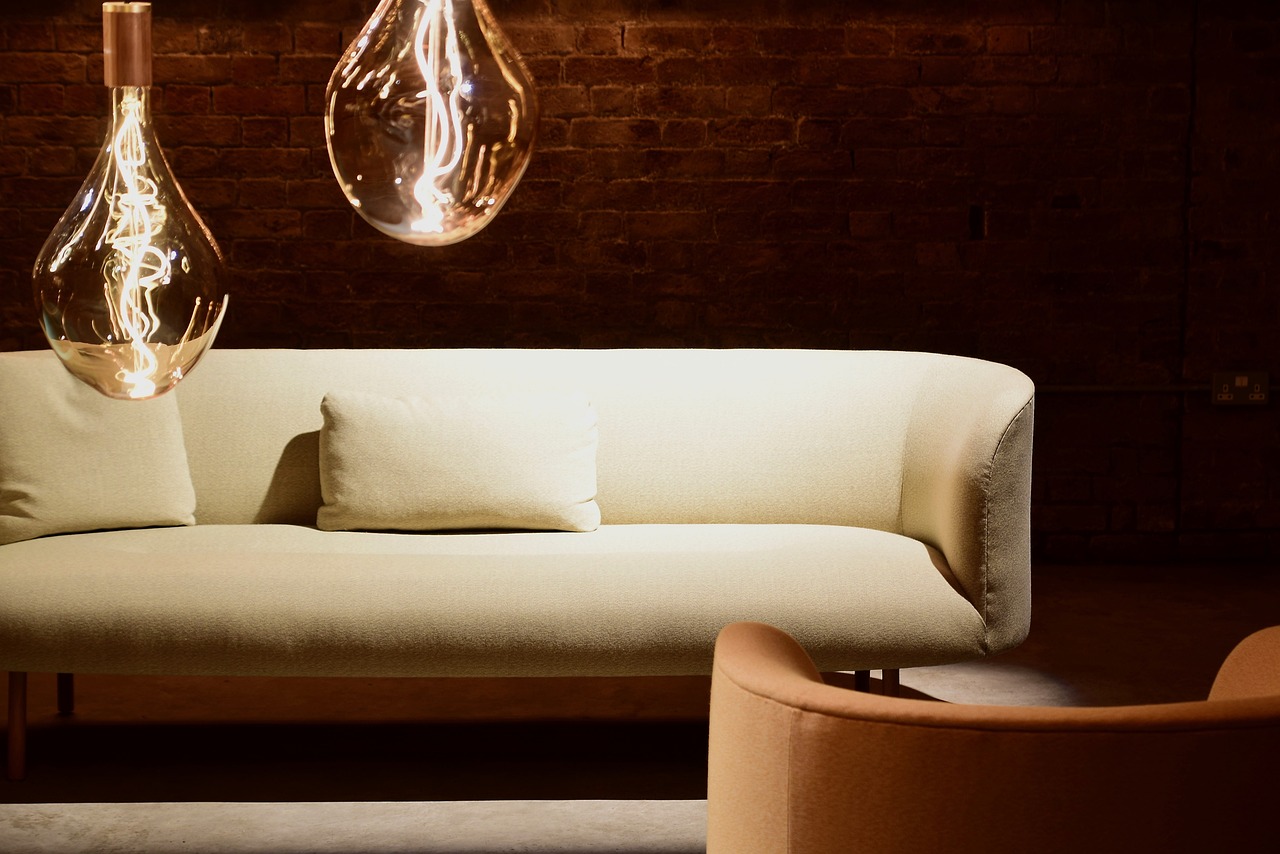
Utilizing Multi-Functional Pieces
When it comes to optimizing space in your living areas, utilizing multi-functional pieces of furniture and decor can be a game-changer. These versatile items not only save space but also add functionality and style to your home. Imagine a sleek coffee table that doubles as a storage unit or a sofa that transforms into a bed for guests. These pieces not only serve their primary purpose but also provide additional benefits, making them essential in a minimalist design.
By incorporating multi-functional pieces into your space, you can reduce clutter and create a more streamlined look. For example, a dining table with built-in storage compartments can help keep your dining area organized and free of unnecessary items. Similarly, a sofa with hidden compartments can store blankets and pillows, keeping your living room tidy and inviting.
One of the key advantages of using multi-functional pieces is their ability to adapt to different needs and situations. Whether you're entertaining guests, working from home, or simply relaxing, these versatile items can easily transform to meet your requirements. This flexibility not only maximizes space but also enhances the overall functionality of your living space.
When selecting multi-functional pieces for your home, consider the design and style that best complement your existing decor. Look for items that seamlessly blend in with your minimalist aesthetic while adding a touch of uniqueness. Whether it's a convertible desk that doubles as a dining table or a storage ottoman that serves as extra seating, choose pieces that not only save space but also elevate the visual appeal of your room.
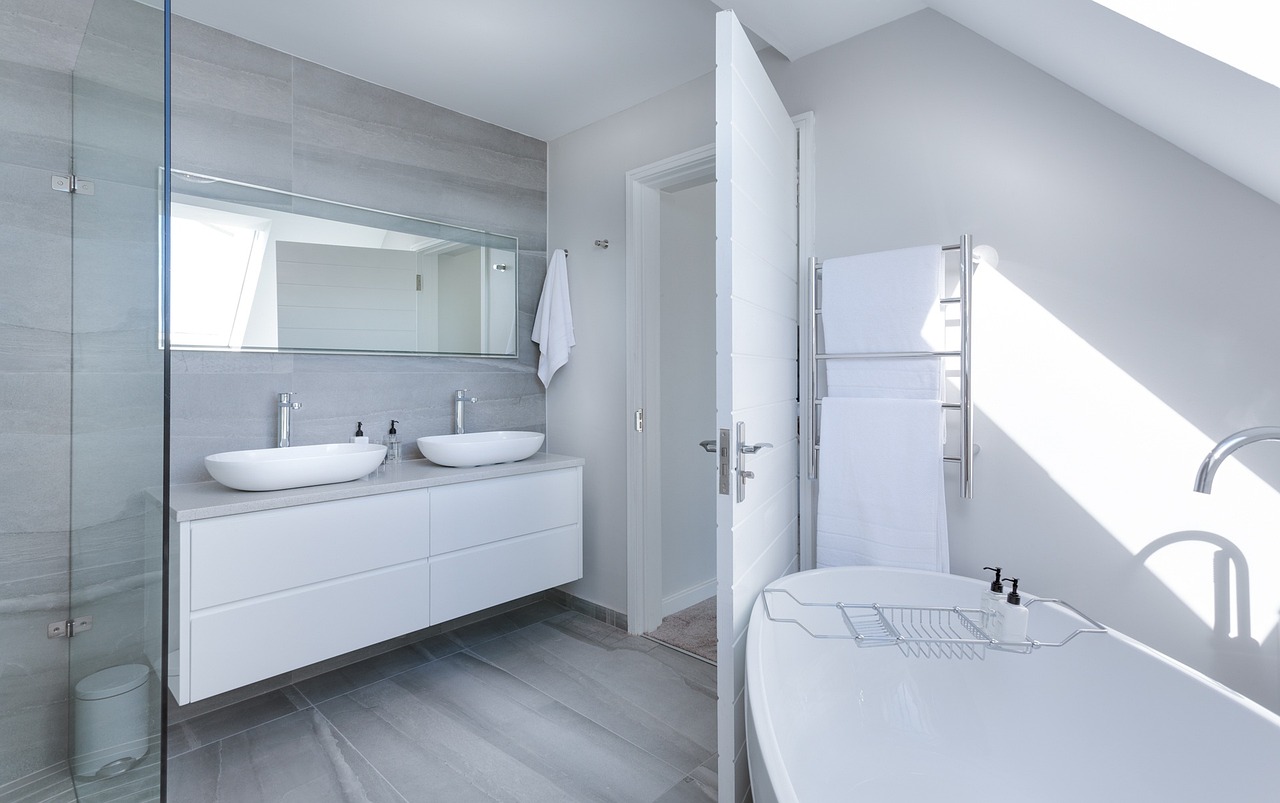
Color and Lighting Strategies
Exploring the principles and techniques of minimalist design to create a spacious and clutter-free environment in your living spaces.
When it comes to minimalist design, color and lighting play a crucial role in shaping the perception of space. Choosing the right color schemes can significantly impact the overall feel of a room. Light, neutral tones such as white, beige, or light grey can create an airy and open atmosphere, making the space appear larger than it is. On the other hand, dark colors can make a room feel more intimate but can also visually shrink the space. It's essential to strike a balance between light and dark hues to maintain a sense of harmony and spaciousness.
Additionally, lighting is a key element in enhancing the minimalist aesthetic. Natural light is the best way to illuminate a space, so maximizing natural light sources through large windows or skylights can create a bright and inviting environment. When natural light is not sufficient, artificial lighting fixtures such as recessed lights, pendant lamps, or wall sconces can be strategically placed to brighten up the room without overwhelming the minimalist design. The goal is to achieve a well-lit space that feels open and welcoming.
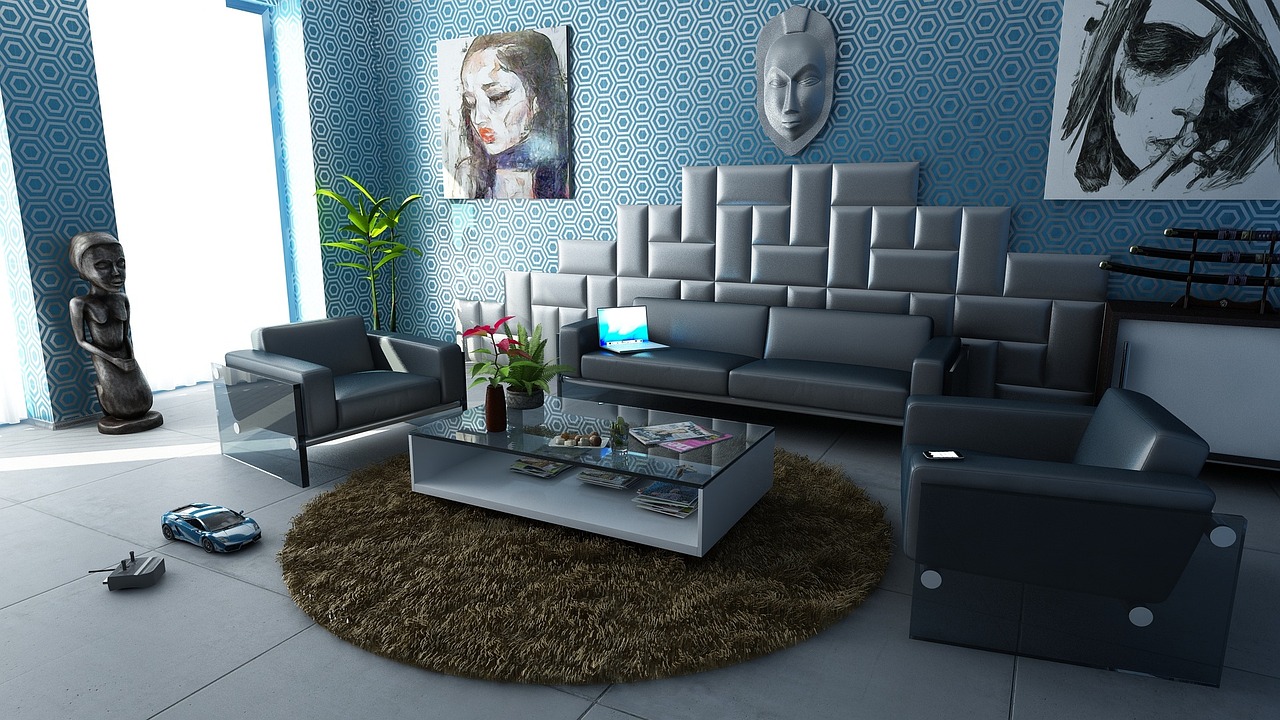
Incorporating Storage Solutions
When it comes to creating a minimalist design in your living space, incorporating storage solutions is key to maintaining a clutter-free environment. By seamlessly integrating smart storage options into your design scheme, you can keep your belongings organized and out of sight, allowing the space to feel open and spacious.
One effective way to incorporate storage solutions in a minimalist design is to opt for furniture pieces that offer hidden storage compartments. Coffee tables with built-in drawers or ottomans that open up to reveal storage space are great examples of multi-functional furniture that can help declutter your space.
Additionally, utilizing wall-mounted shelves and floating cabinets can maximize vertical space and provide storage without taking up valuable floor area. These sleek storage solutions not only keep your belongings organized but also contribute to the minimalist aesthetic by keeping the visual space uncluttered.
Another strategy for incorporating storage solutions in a minimalist design is to invest in modular furniture systems. These customizable units allow you to create storage configurations that suit your specific needs while maintaining a cohesive and streamlined look in the space.
Furthermore, consider using decorative storage containers that blend seamlessly with your decor. Woven baskets, stylish bins, and minimalist storage boxes can serve as both functional storage solutions and aesthetic accents, adding a touch of personality to the space while keeping clutter at bay.
By thoughtfully integrating storage solutions into your minimalist design, you can achieve a harmonious balance between functionality and aesthetics, creating a serene and organized living environment that maximizes space and minimizes visual distractions.
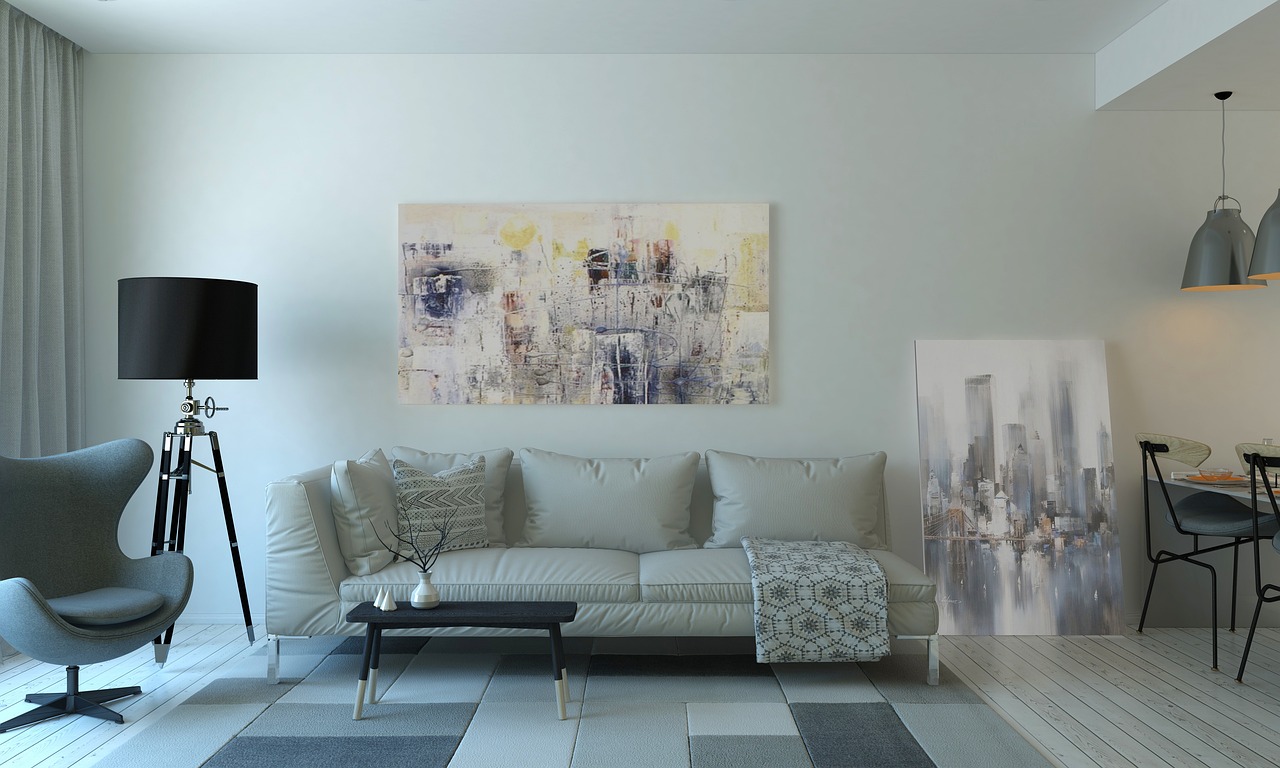
Embracing Simplicity in Decor
When it comes to , the key lies in selecting pieces that are not only visually appealing but also functional in their minimalism. Think of decor elements that serve a purpose beyond just aesthetics, such as a sleek bookshelf that doubles as a room divider or a coffee table with hidden storage compartments. These pieces not only add character to your space but also contribute to the overall minimalist aesthetic by reducing clutter.
Furthermore, choosing simple and elegant decor elements can significantly enhance the minimalist design of your living space. Opt for neutral color palettes, clean lines, and unobtrusive patterns to maintain a sense of tranquility and openness. By keeping decor minimalistic, you allow each piece to stand out and make a statement without overwhelming the room.
Consider incorporating natural materials and textures into your decor to add warmth and depth to a minimalist space. Elements like wood, stone, and linen can bring a sense of nature indoors, creating a harmonious balance between the simplicity of the design and the comfort of natural elements.
When it comes to , less is often more. Avoid overcrowding your space with unnecessary decorations and instead focus on a few well-chosen pieces that speak to your personal style. Remember, simplicity in decor is not about sacrificing personality but rather about curating a space that reflects your taste in a refined and understated manner.
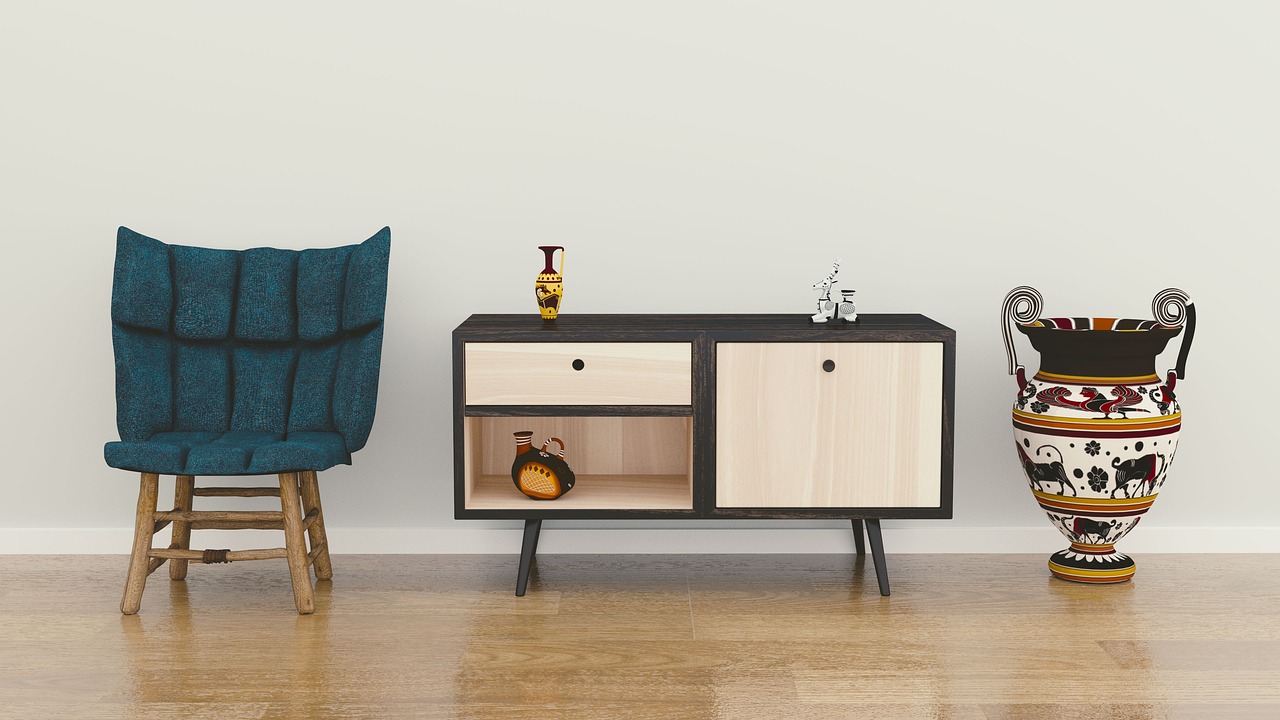
Creating Visual Continuity
Creating visual continuity in a minimalist design is crucial for enhancing the overall perception of space and harmony within a room. By maintaining a consistent visual flow, you can create a seamless and cohesive aesthetic that makes the space feel larger and more organized. One effective way to achieve visual continuity is by using a consistent color palette throughout the room. This helps tie the elements together and prevents visual clutter that can make a space feel smaller.
Another key aspect of creating visual continuity is through the use of similar textures and materials. By incorporating materials that complement each other, such as wood and metal or glass and stone, you can create a harmonious look that adds depth to the design. Additionally, paying attention to the scale and proportion of furniture and decor items can help maintain a balanced visual flow within the space.
Consider using rugs, artwork, or accent pieces that echo the colors or patterns used in other parts of the room to create a sense of unity. This can help guide the eye smoothly from one area to another, creating a cohesive design that feels intentional and thoughtfully curated. By focusing on these details and elements, you can achieve visual continuity that enhances the spaciousness and overall aesthetic of a minimalist design.
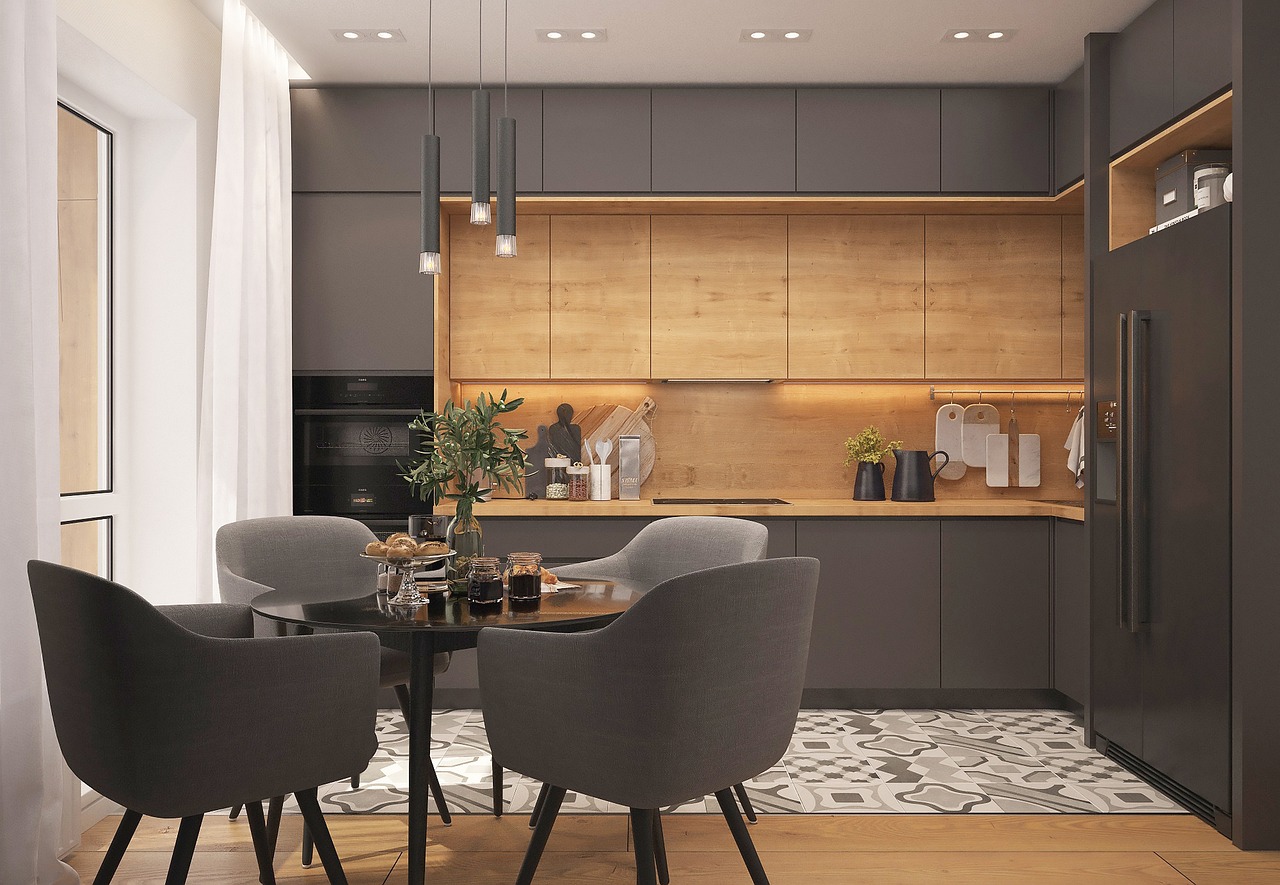
Bringing Nature Indoors
Bringing nature indoors is a key aspect of enhancing a minimalist design and creating a serene atmosphere within your living space. By incorporating natural elements such as plants and allowing ample natural light to filter in, you can introduce a sense of tranquility and connection to the outdoors.
Plants not only add a touch of greenery and life to a minimalist setting but also purify the air and promote a sense of well-being. Choose low-maintenance indoor plants like succulents or peace lilies to effortlessly integrate nature into your home without overwhelming the simplicity of the design.
Strategic placement of plants, such as hanging planters or potted plants on shelves, can add visual interest and a refreshing ambiance to the room. Additionally, consider incorporating natural materials like wood or stone in furniture or decor pieces to bring warmth and earthiness to the space.
Maximizing natural light is crucial in a minimalist design as it helps create an airy and open feel. Opt for sheer curtains or blinds that allow sunlight to filter through, making the room appear more spacious and inviting. Positioning mirrors strategically can also reflect light and create the illusion of a larger space.
Embracing nature indoors not only enhances the aesthetic appeal of a minimalist design but also fosters a sense of harmony and tranquility, making your living space a peaceful retreat from the outside world.
Frequently Asked Questions
- What is minimalist design?
Minimalist design is a style that focuses on simplicity, clean lines, and a clutter-free environment. It involves using only essential elements and keeping spaces open and uncluttered.
- How can minimalist design help maximize space?
Minimalist design emphasizes the use of space efficiently by reducing unnecessary items and furniture. By keeping only essential pieces and incorporating smart storage solutions, minimalist design can create the illusion of a larger, more spacious room.
- Why is decluttering important in minimalist design?
Decluttering is essential in minimalist design as it helps create a sense of calm and order in a space. By removing excess items and organizing belongings effectively, decluttering allows the focus to be on the key elements of the room, enhancing the minimalist aesthetic.
- What are some key benefits of utilizing multi-functional furniture?
Multi-functional furniture serves a dual purpose by providing both storage solutions and functionality in a compact design. This not only saves space but also adds versatility to the room, allowing for a more efficient use of the available area.
- How can color and lighting impact the perception of space in minimalist design?
The choice of colors and lighting can greatly influence how spacious a room appears. Lighter colors and ample natural light can make a space feel open and airy, while strategic lighting placements can enhance the overall ambiance and highlight key design elements.
- What role do natural elements play in enhancing a minimalist design?
Natural elements such as plants and natural light can bring a sense of tranquility and harmony to a minimalist space. They add a touch of warmth and life to the design, creating a connection to the outdoors and promoting a sense of well-being.

